

Drop an Egg to Prove The First Law of Motion
Newton’s first law of motion states that objects have the tendency to retain its motion or the lack of.
If a body is at rest, it has the tendency to remain at rest; If a body is moving, it tends to keep moving in a straight line at a constant speed.
This is also called the law of inertia.
Inertia is an object’s tendency to stay at rest, or keep moving until an external force is applied to change it.
Let’s do an inertia experiment.
We are using plastic eggs, but you can use real eggs to do this, too.
It was so much fun that my kid wanted to do it again and again.

Egg Drop Inertia
Here it is, a fun egg drop experiment.
- egg, I used a plastic easter egg, but you can certainly use a real one :)
- empty toilet paper roll
- an unbreakable pan with a raised edge or a shallow plastic container
- a glass big enough for the egg
- tray (optional: to catch the broken egg if you use real eggs and don't succeed on first try)
- adult supervision
Instructions
- Place the glass on a sturdy table.
- (Optional) If a real egg is used, fill the glass with water. Otherwise, an empty glass is fine.
- Center the pan on top of the glass.

- In one quick move, knock the pan sideway off the glass.
- Observe the egg fall directly into the glass.
Did you try this project?
Follow us on Pinterest and share a photo!
Why does the egg fall right into the glass while the paper roll and the pan flies sideways?
This can be explained by Sir Isaac Newton’s First Law of Motion , which states that an object at rest remains at rest and an object in motion stays in motion with the same velocity (speed and direction) unless acted upon by an unbalanced force.
Because the egg is not moving at the beginning, it wants to stay that way.
When the pan is knocked off by you hand, its raised edge in turn knocks off the paper roll.
When the support of the egg is removed, gravity applies a net downward force that pulls the egg straight down.
The egg then drops right into the glass.
Try the experiment again using
- paper rolls of different lengths.
- different types of support for the egg.
- different objects on top of the paper roll.
Similar Posts

Center of Gravity Experiment
Gravity is a force that sucks everything to the ground and keeps our feet firmly planted on the floor. What…

Soap Boat Experiment
One day, my 4-year-old daughter asked, “What is science?” “Well, remember you always ask me Why — ? Why is…

Plant Respiration Experiment
Do Plants Respire All living organisms use a process called respiration to obtain energy from food to stay alive. Plants…

Lemon Light Bulb Experiment
Did you know that you could easily make a battery at home? You can do that by using lemons. Yes,…

Egg In Vinegar Experiment | Science Experiments With Eggs
The egg in vinegar experiment, also known as the naked egg experiment, rubber egg experiment, or bouncy egg activity. This…
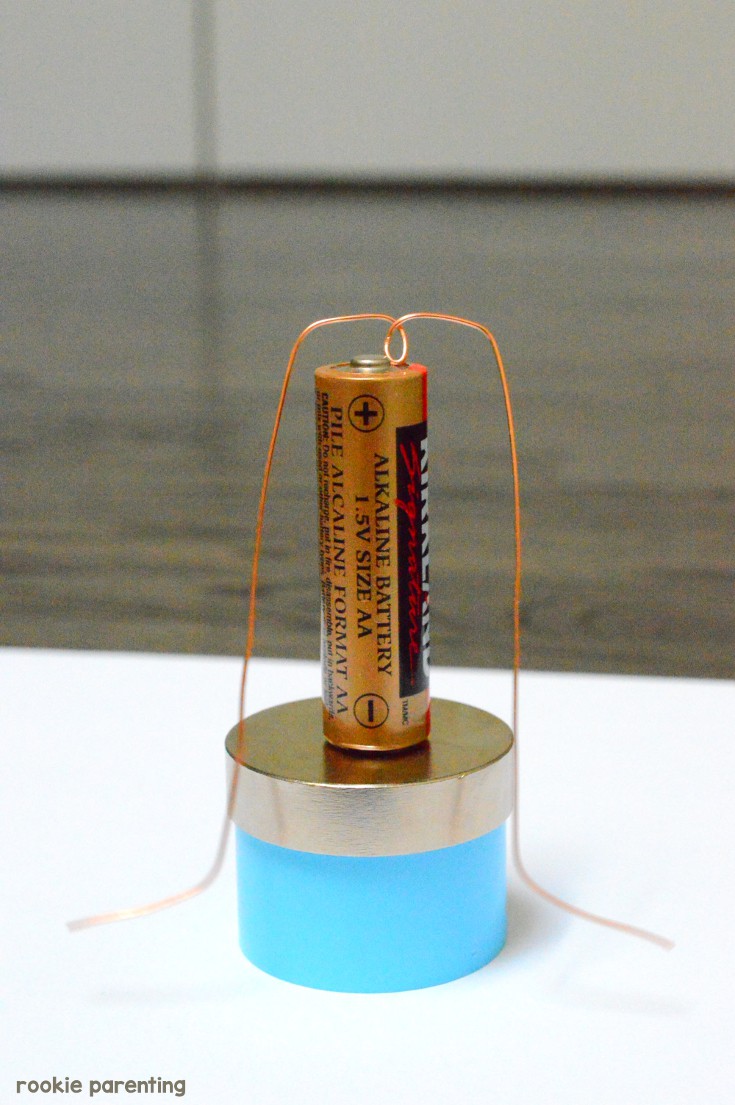
How To Make A DC Motor (Video)
Electricity is a fundamental form of energy that powers our world. Electrical devices require electricity to operate. From household appliances…
Sign Up to Our Newsletter
Get creative science and art activities straight to your inbox!
Social Links
Thedadlab nature workbook, 10 best stem toys for a fun and educational christmas, halloween grid printable, 25 best splash parks, paddling pools and fountains in london 2022, egg drop experiment with raw eggs.
This is an egg-stremely simple experiment to set up and is a fun way to demonstrate the principles of gravity, motion and inertia. As well as the items listed below you will need steady nerves for this egg-citing activity.
What you’ll need for egg drop project
To begin with fill the glass approximately two thirds full of water
Place the paper plate on top.
Next, stand the cardboard tube on its end in the middle of the plate.
Rest an egg in the cardboard tube at the top.
You are now ready! Give the edge of the plate a firm hit with the palm of your hand to knock it off the top of the glass.
You may be worried that the egg will fly across the room along with the plate and cardboard tube making a horrible mess but miraculously the egg falls straight down into the water.
Science Explained
Newton’s first Law of Motion says that if something is sitting still (like an egg in a cardboard tube) then it will stay still unless something else tries to move it – this describes the principle of inertia.
There is not much friction at all between the plate and the rim of the glass so it does not take much power from your hand to knock it and the tube off.
For a split second the egg will continue to stay still (because of its inertia) and then gravity takes effect and the egg falls straight down into the glass.
Taking It Further
If you are feeling more adventurous why not try lining up two or three glasses together and see how many eggs you can get to fall simultaneously.
What happens if you try balancing other things on top of the tube like a coin resting on a postcard?
Once you have mastered this trick you can make it even more exciting for your friends by using different coloured water or you can tell them the last time you did this everyone in the audience was covered in egg!
Related Posts
Skittles science project that your child will love, kids science experiment with coca cola cans, how to make an impressive 8 layer density column, liquid density tower experiment with salt or sugar.

Museum at Home: Egg Drop Inertia
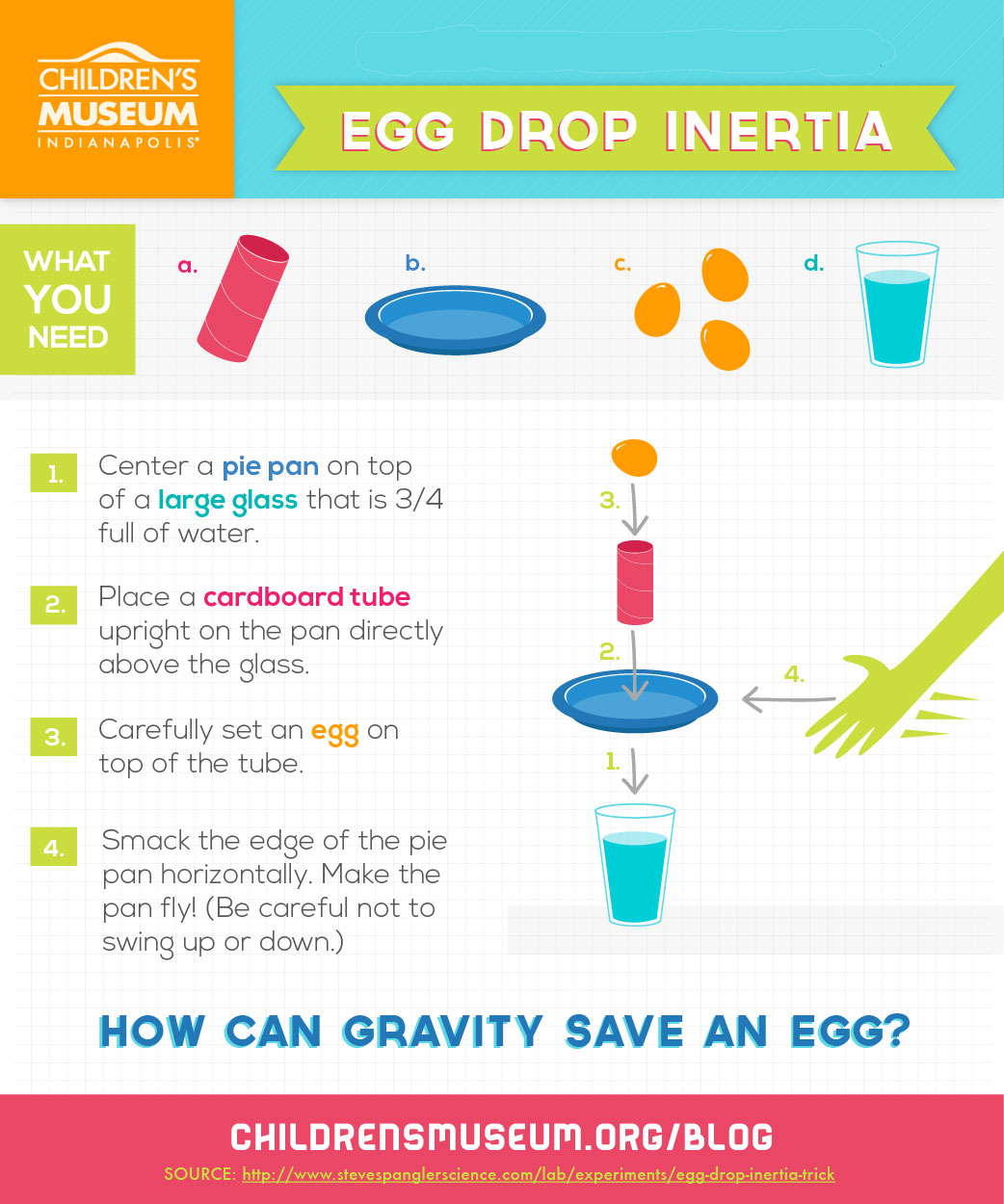
In this experiment courtesy of Steve Spangler Science , your family will discover how gravity makes saving a falling egg easier than it sounds! You'll demonstrate gravity, motion, and other forces while wowing your kids with this science trick.
The Egg Drop is a classic science demonstration that illustrates Newton's Laws of Motion, namely inertia. The challenge sounds so simple—just get the egg into the glass of water, but there are a few obstacles. The egg is perched high above the water on a cardboard tube, and a pie plate sits between the tube and the water.
Still think it's easy? Sir Isaac Newton does.
- Cardboard tube
- A large drinking glass
- Tray (optional)
- Coloring Tablets (optional)
- Fill the large drinking glass about three-quarters full with water.
- Center a pie pan on top of the glass.
- Place the cardboard tube on the pie plate, positioning it directly over the water.
- Carefully set the egg on top of the cardboard tube.
- With your writing hand, smack the edge of the pie pan horizontally. Don't swing up, and don't swing down! It’s important that you hit the pie pan horizontally and use a pretty solid hit, so plan on chasing the plate and tube.
- Your astonished guests will watch the egg plop nicely into the water. It’s even more fun to watch someone else try to drop the egg.
What's going on:
Also, according to Mr. Newton’s First Law, once the egg was moving, it didn’t want to stop. The container of water interrupted the egg’s fall, providing a safe place for the egg to stop moving so you could recover it unbroken. The gravity-pushed egg caused the water to splash out. Did someone get wet?
Take It Further
- Add coloring to the water in your egg drop for added effect.
- Try testing longer tubes, more or less water, different liquids in the glass, different water containers, and heavier or lighter falling objects.
- Worried about the potential mess? You can also try this with a cup, an index card, and a penny!
Share your discoveries with us by using #TCMatHome on social media!
- Buy Tickets
- Privacy Policy
- Internships
- Accessibility
Official Partners
- Plan Your Visit

3000 North Meridian Street Indianapolis, IN 46208-4716
317-334-4000
Sign Up for Email
By signing up I agree that I am 13 years or older, or I have my parent or guardian's consent.
Science Bob
- Experiments
- Science Fair Ideas
- Science Q&A
- Research Help
- Experiment Blog
more in Experiments
The egg drop challenge.

You will need:
- 1 plastic cup of water with a mouth wide enough to fit the egg.
- 1 10” (25 cm) piece of cardboard or a small tray with a SMOOTH bottom
- 1 cardboard tube (paper towel or toilet paper tubes work well)
- 1 Egg (uncooked for more drama)
What to do:
- Place the tray centered over the cup
- Place the tube on its end in the center of the tray
- Place the egg horizontally on the tube
- When ready, strike the tray hard enough with your palm to send the tray flying, but not so hard you hit the glass of water. If all goes well, the tray and paper tube will go flying, but the egg will safely drop into the water.
How does it work?
INERTIA describes an object in terms of how much energy is needed to move it or stop it from moving. Since the tray and tube are very low mass (lightweight,) they have very little inertia, and will easily move out of the way. The egg, however is heavier (has more inertia) and so it is not easily moved, leaving it in place for gravity to bring it down into the cup.

More from my site

ADS (these ads support our free website)
Share this page.
Science Fun

- 20 oz drinking glass
- cardboard toilet paper roll
- Ice (optional)
- Space where your family is okay with you doing the experiment because you may crack a few eggs the first couple of tries
Instructions:
- Fill the glass with water
- Place a pie pan right side up on top of the glass
- Place toilet paper roll vertically in the middle of the pie pan
- Balance egg on top of the toilet paper roll so the egg is lying on it’s side
- Once everything is balanced on top of each other, with one swift and quick motion hit the side of the pie pan with your hand. This is a horizontal swing, not a vertical swing. This needs to be enough force to push it off the glass.
- Watch in amazement as your egg falls into the glass unbroken.
VIDEO COMING SOON BUT YOU CAN STILL ENJOY THESE AWESOME EXPERIMENTS!
How it Works:
It’s all about Inertia! Inertia says an object, the egg in this case, will stay at rest, unless an outside force acts upon it, your hand in this case. When you move the pie pan with your hand, gravity takes over and pulls the egg straight down into the glass of water.
Extra Experiments:
- Try adding food coloring to the water, just for a fun effect.
- Try boiling the egg first, does it still work? Why or why not?
- Don’t use the toilet paper roll, does the experiment still work? Why or why not?
EXPLORE TONS OF FUN AND EASY SCIENCE EXPERIMENTS!

SUBSCRIBE AND NEVER MISS A NEW SCIENCE FUN VIDEO!
previous experiment
Next experiment.
- Login | Register
Have 10% off on us on your first purchase - Use code NOW10
Free shipping for orders over $100
Available for dispatch within 2 days
Free gift with purchase of over $100
Check out with Paypal and Afterpay
Egg inertia
Follow FizzicsEd 150 Science Experiments:
You will need
- One drinking glass, three-quarters full of water
- One sheet of newspaper
- One cardboard toilet roll
- One plastic tray or plate (This piece of equipment must cover the glass, be flat on the bottom and have a raised lip around the top)
- One egg (if a student has egg allergies you can change this to a water bomb instead)
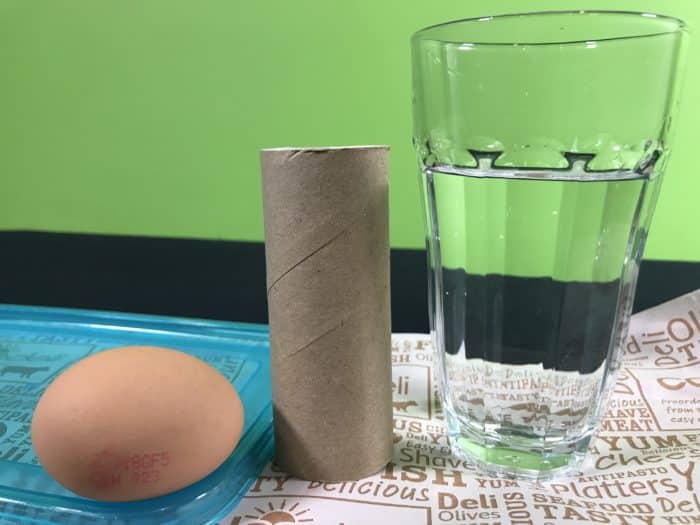
- Instruction
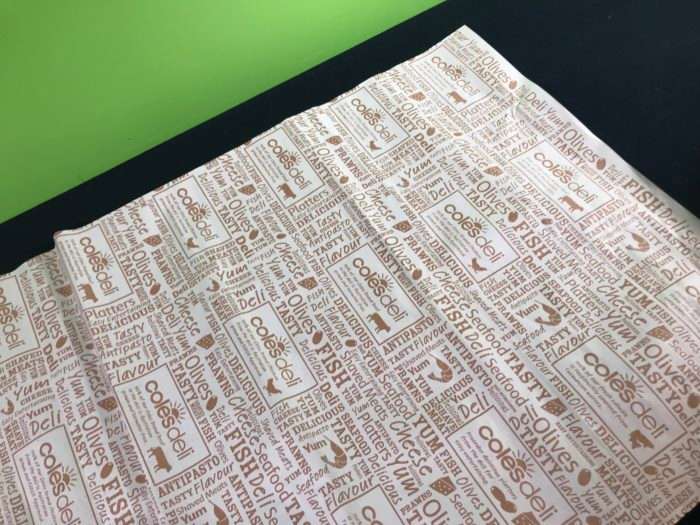
Place the newspaper on the table, to stop the splashing water getting the table wet.
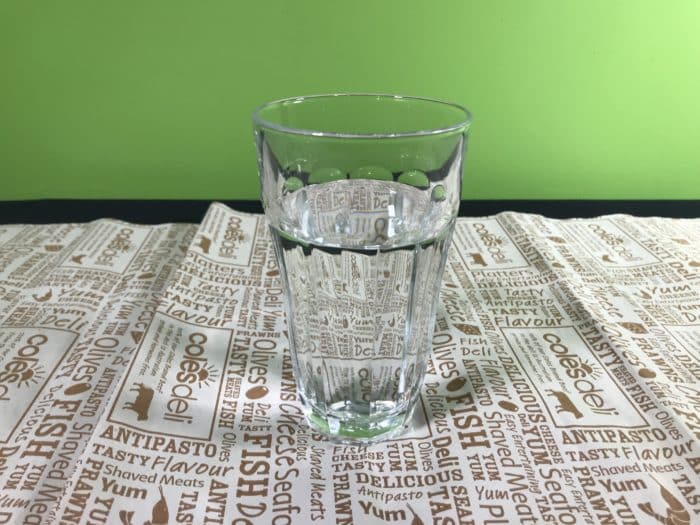
Place the glass of water in the middle of the newspaper.
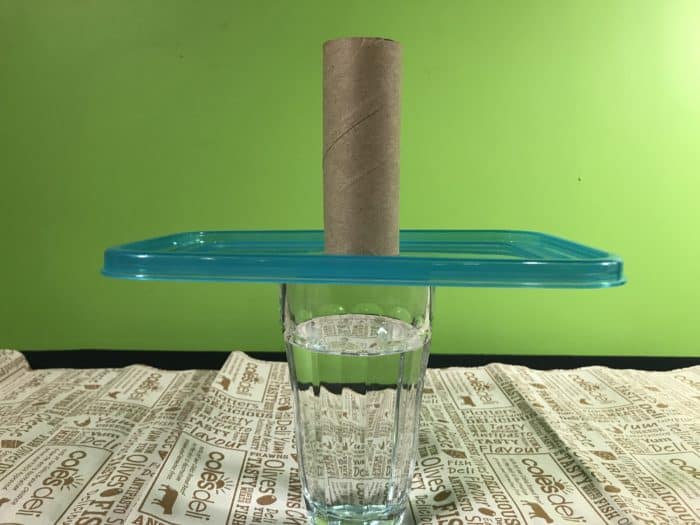
Place the tray/plate on top of the glass, and stand the toilet paper roll on top of it. Note: Make sure the toilet paper roll is directly above the glass of water. We don’t want our egg to hit the table instead of the water!
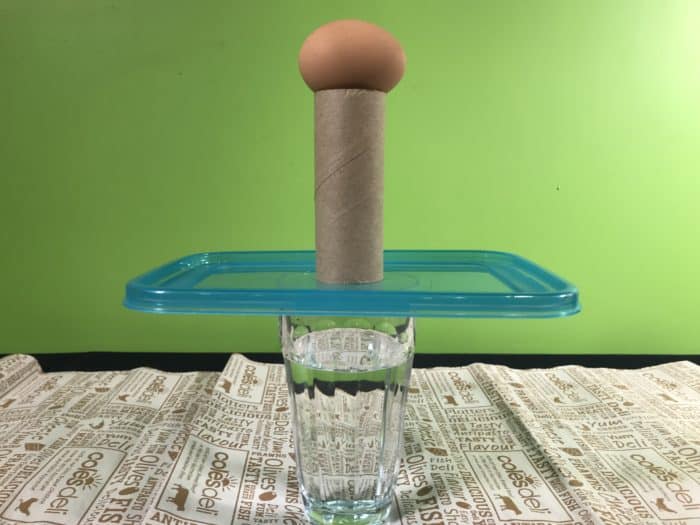
“Ready for a karate chop!”
Add your egg on top of the toilet paper roll. Use a water bomb if there a egg allergies in the room.
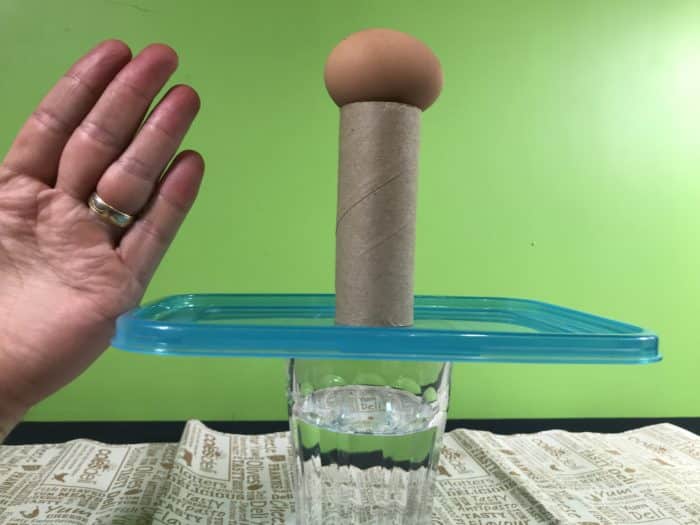
Now for the tricky part. You need to very quickly knock the tray/plate sideways, using a kind of “sideways karate chop” technique. The tray will fly horizontally, and the raised lip on the edge will catch the toilet roll, and the egg should fall straight down into the water, and stay un-cracked!
Variation: Try this experiment without the water in the glass!
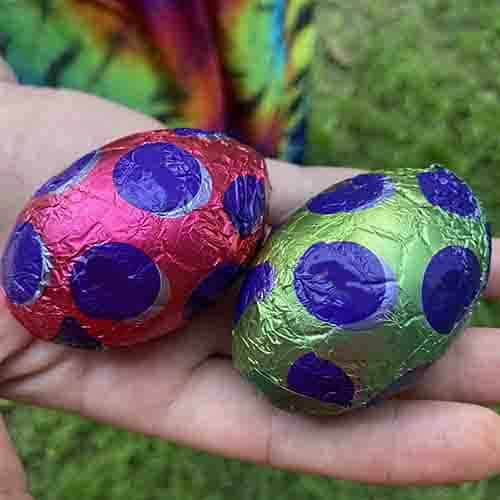
For a bit of fun at Easter, use chocolate eggs for the ‘egg-speriment’ instead 🙂
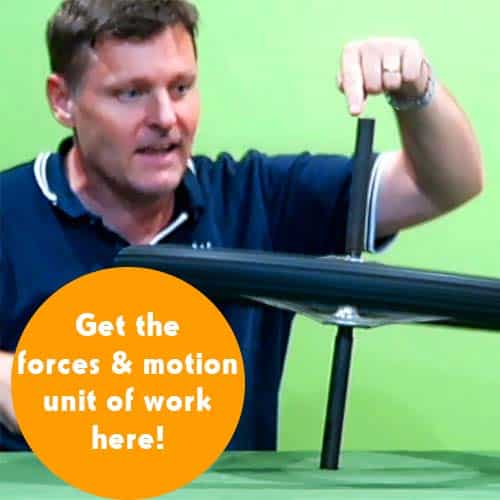

Get the Unit of Work on Forces here!
- Friction & spin!
From inertia to centripetal force, this unit covers many concepts about Newton’s Laws!
Includes cross-curricular teaching ideas, student quizzes, a sample marking rubric, scope & sequences & more
School science visits since 2004!
– Curriculum-linked & award-winning incursions.
– Over 40 primary & high school programs to choose from.
– Designed by experienced educators.
– Over 2 million students reached.
– Face to face incursions & online programs available.
– Early learning centre visits too!
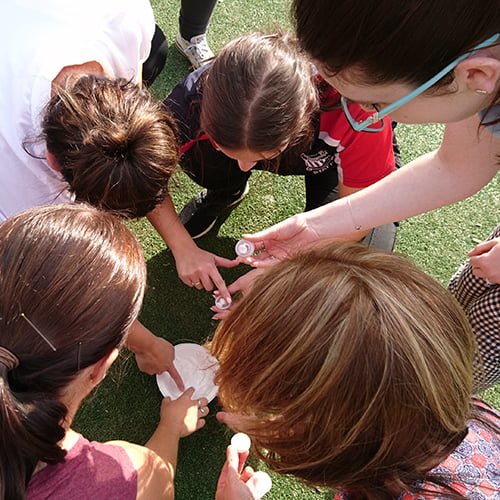
Online courses for teachers & parents
– Help students learn how science really works
Why Does This Happen
Isaac Newton’s First Law of Motion says that an object that’s moving will continue to stay moving, and one that’s stationary will continue to stay still unless a new force is applied to it.
While the egg is balancing on the toilet roll, the egg isn’t moving and so it wants to remain that way. When you knock the tray sideways, you apply a force that moves it quickly out of the way. The raised lip on the tray transfers this force to the toilet roll and it too flies sideways. At this point, the egg is still stationary for just a split second, until gravity gets a hold of it and pulls it down into the glass.
This is the same principle that makes the classic magic trick, where a magician whips a tablecloth off a table leaving the crockery and cutlery still there, work.
Road safety application.
Inertia (the tendency of moving objects to stay moving) is critical to understand when you’re thinking about road safety. Without seatbelts in our cars, our bodies would keep moving forwards if our car stops suddenly, for example in a crash. The seatbelt applies a force to our bodies that slow them down, stopping us going flying. The same goes for loose objects that are hanging around in the back seat of your car – an unrestrained object can move forwards in a car crash and can become a projectile.
Variables to test
More on variables here
- How lightly can you hit the tray and still have the gg fall into the glass?
- Does this work if swap the egg out for a much heavier or lighter object?

Learn more!
- Teaching about air pressure? Check out the Flight or Weather show!
- Teaching about Newton’s laws? Check out the Forces, Friction & Movement workshop!
Get in touch with FizzicsEd to find out how we can work with your class.
Forces, Friction & Movement
Years K to 6
Maximum 30 students
School workshop
60 or 90 minutes
Online Class Available

Discovery Zone 3 in 1 Balloon Racers
Stem full day accelerator - primary.
Designed from real classroom experiences, this modular day helps you create consistently effective science learning that directly address the new curriculum with easily accessible and cost-effective materials.

Be Amazing! How to teach science, the way primary kids love.
Love science subscribe.
Receive more lesson plans and fun science ideas.
SCIENCE PARTIES
Calendar of events.

HIGH SCHOOL Science@Home 4-Week Membership 12PM: March 2024
Price: $50 - $900

PRIMARY Science@Home 4-Week Membership 2PM: March 2024

Light and Colour Online Workshop, Jan 18 PM
Light and colour online workshop, jan 18 am.

Lego Robotics, Sydney Olympic Park Jan 2024

Creative Coding, Sydney Olympic Park Jan 2024

Creative Coding, Sydney Olympic Park July 11 2023
Price: $100

Fizzics Education STEAM Day: Robots vs Dinosaurs, Lalor, Apr 14
Price: $45 - $50
Creative Coding, Sydney Olympic Park April 14 2023
Science@home after school 4-week membership: march 2023.
Price: $40 - $1200
Leave a Reply Cancel reply
Your email address will not be published. Required fields are marked *
School Comments View All
Fizzics Education curated a thoughtful and hands-on experience for the children, incorporating practical, skill-based learning activities and followed by a science presentation at the end of the event involving liquid nitrogen. This was delivered safely and effectively, capturing both the children and the parents for the duration of the presentation.
Fizzics Education ran a show today at our school and it was wonderful. He was a great facilitator and the show was age appropriate and well done.
I just wanted to pass on how much the staff and students really enjoyed it and how perfect it was to launch our science week activities. The students were enthralled, educated and entertained – a perfect trifecta!
Thanks so much for presenting at our school on Monday. Our students enjoyed the show.
Fizzics Education Awards

- Free Resources
Free Chemistry Book! Sign-up to our newsletter and receive a free book!
Female Accountant Apply Here
Physics teacher apply here, science teacher apply here, view all vacancies, join our team apply here.
Send us an Email at [email protected]
Phone Number: 1300 856 828
Email: [email protected], address: unit 10/55 fourth ave blacktown, nsw 2148, australia.
- Privacy & Legal Policy
- Copyright Notice
- Terms of Trade
- Cookie Policy
Copyright 2024 Fizzics Education . All rights reserved.
This website uses cookies to improve user experience. By using our website you consent to all cookies in accordance with our Cookie Policy .
Get more science with our newsletter!
Thank you for looking to subscribing to our newsletter 🙂 Through this service you’ll be first to know about the newest free experiments, science news and special offers.
PLUS: Get a free Kitchen Chemistry Booklet with >20 experiments, how to use variables plus a handy template!
Click the image to preview
Please select an ebook!

Kids Edition

Parent Edition

Teacher Edition
Please fill out the details below and an email will be sent to you. Once you get that just click on the link to confirm your subscription and you're all done!
First Name *
Last Name *
Email Address *
Phone Number
Subscribe as a Teacher?
Preschool Teacher
Primary Teacher
High School Teacher
Vacation Care or Library
Subscribe as a Parent?
Enquiry Form
Extra things, products that might interest you.
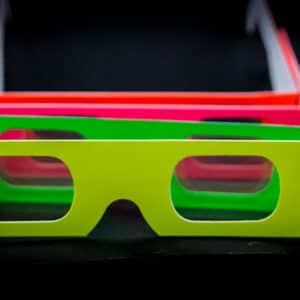
Rainbow Fireworks Glasses

Magic Crystal Tree Science Kit

Helicopter Spiral Top

Fly Back Glider
- Grade Level
Where are you located?
- New South Wales
- Australian Capital Territory
Location not listed?
Which grade level are you teaching.
- Whole School
- Teacher Professional Development
- Special School Events
- Early Childhood
- Kindergarten
Which broad syllabus outcome you want to teach?
What is the age range of the attendee?
- Age 5 and up
- Age 6 and up
- Age 7 and up
- Age 8 and up
- Age 9 and up
- Age 10 and up
- Age 11 and up
- Age 12 and up
General Enquiry Form
Check if you require a live online class.
Subscribe for special offers & receive free resources?
How did you hear about us?
Choose a program *
Choose from school show *
* Please select a value!
* Please add a value!
Date required *
Time required *

IMAGES
VIDEO
COMMENTS
The egg drop is one of my all-time favorite science demonstrations. It’s a combination of strategy, skill, and just a little luck. The goal is to get an egg to drop into a glass of water.
Dec 12, 2023 · What is inertia? Investigate Newton's First Law Of Motion in this amusing egg drop experiment.
Dec 16, 2009 · It's one of the coolest science tricks guaranteed to amaze your friends, but the real question is do you have the nerve to try it? There's no doubt that both you and your friends will be astounded...
This is an egg-stremely simple experiment to set up and is a fun way to demonstrate the principles of gravity, motion and inertia. As well as the items listed below you will need steady nerves for this egg-citing activity.
The Egg Drop is a classic science demonstration that illustrates Newton's Laws of Motion, namely inertia. The challenge sounds so simple—just get the egg into the glass of water, but there are a few obstacles.
If all goes well, the tray and paper tube will go flying, but the egg will safely drop into the water. How does it work? INERTIA describes an object in terms of how much energy is needed to move it or stop it from moving.
Apr 10, 2020 · The challenge: Get an egg into a glass of water, but there are a few obstacles. The egg is perched high above the water on a cardboard tube, and a pie plate sit ...more. Don’t drop the egg! Or...
It’s all about Inertia! Inertia says an object, the egg in this case, will stay at rest, unless an outside force acts upon it, your hand in this case. When you move the pie pan with your hand, gravity takes over and pulls the egg straight down into the glass of water.
Mar 7, 2016 · Science Guy Steve Spangler shares his variation on the classic egg drop challenge. Instead of hitting the pan with a broom, Steve teaches his volunteer how t...
What does an egg, a little bit of water and Isaac Newtons first law of motion make? A crazy fun experiment for everyone to enjoy!